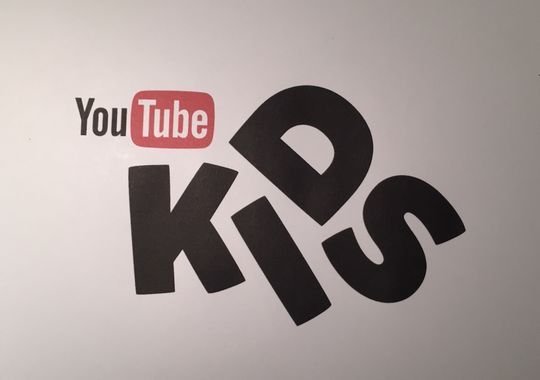The Internet is filled with wonderfully entertaining and educational content for children. It is also filled with material that could be extremely disturbing or damaging. So when YouTube promised that everything in its YouTube Kids app would be family-friendly, it seemed like a great way for parents to be able to share videos with children knowing they had been vetted and approved by a trustworthy source.
However, according to a complaint filed with the Federal Trade Commission by a coalition of public interest groups representing children and consumers, YouTube Kids includes three different kinds of ads or sponsored materials. This is of particular concern because even when there is the kind of explanatory text typically required in identifying commercial messages as ads, it does not work in this case. Children are too young to understand the difference between a cute video uploaded by a family about their picnic and a commercial message from Mattel or McDonald's. Even if they could understand what "compensation provided by McDonald's" means, this audience has not yet learned to read.
Furthermore, unlike a television show, where a parent is typically nearby and can tell what a child is viewing and provide explanatory comments or turn it off if the material is inappropriate, by its very design an app is intended to be used without supervision. Google says they designed it "for little thumbs to navigate."
 Google launched this app by saying it was intended for children five and under and is "the first Google project built from the ground up with little ones in mind." The assurances that the content is curated and guaranteed to be family-friendly support a level of confidence that is unwarranted. Google and YouTube have broken their promise to parents.
Google launched this app by saying it was intended for children five and under and is "the first Google project built from the ground up with little ones in mind." The assurances that the content is curated and guaranteed to be family-friendly support a level of confidence that is unwarranted. Google and YouTube have broken their promise to parents.
Family-friendly is more than avoiding bad words, nudity, and violence. When it comes to children, who have not yet been taught how to know which adults to believe, it also means a trusted and consistent voice. There is a big difference between a video that is purely for entertainment or education and one that is there to sell toys. When YouTube Kids has channels devoted to brands like McDonalds, Barbie, Fisher Price, and LEGO, it is clear that the oh-so-easy navigation for those "little thumbs" is directed toward the real customers, the people trying to sell products to children five and under.
It is undeniably a complicated problem. Branded channels are one thing, but the line between commercial and non-commercial content is not always clear. For example, "unboxing" shopping videos are very popular on YouTube, with millions of viewers. In some cases, the video shows a happy person opening a just-purchased package, sharing the pleasure of a new gadget or outfit. In others, the person has been compensated to coo over the product, and the audience is not always told when that is the case. Otherwise acceptable videos from sources like "Sesame Street" or "Dora the Explorer" can be seen as ways to sell the zillions of merchandise items licensing those brands. Furthermore, Google has a point that advertising revenue makes it possible for them to provide the app without charge to all families.
But they can -- and must -- do better than this. Or the voice children and their parents will learn not to trust is Google's.